Artist: El Greco (Doménikos Theotokopoulos)
Topic: Arts Children Saints Virgin
Size: 41 x 33 cm
Museum: Benaki Museum (Athens, Greece)
Technique: Tempera
"The signature appears on the paper held in the mouth of a serpent (the spirit of evil, or of the Earth). The large painting was commissioned by Philip II, late 1570 or early 1580, for the chapel of the Saint in the church of the Escorial. The earliest reference is the King's order to the Prior, dated 25th April 1580 to provide the artist with materials, 'especially ultramarine', to enable him to carry out the commission given some time ago. El Greco had clearly already decided upon the dominant colour for the painting. The painting was completed by 16th November 1582, when it was delivered to the Escorial. The commission was probably prompted by the death of Navarrete in 1579, who left unfulfilled the greater part of his commission to provide paintings for the thirty-six altars of the church. The painting did not satisfy the King, Cincinato was commissioned to paint a substitute for the chapel and El Greco received no further commissions from the King.The story of St Maurice (a legendary warrior saint, the commander of the 'Theban Legion', Roman troops from Thebes in Egypt, who served at Agaunum in Gaul (St-Maurice en Valais) in the 3rd century) relates that the soldiers, at the instigation of Maurice, refused to participate in certain pagan rites. They were punished by the Emperor Maximian Herculeus first by decimation and finally by the wholesale massacre of the legion. Maurice and his fellow officers were executed in A.D. 287. The authenticity ot the story is debated.The subject of the martyrdom of the soldier Saint with his legions, for his refusal to worship the pagan gods. was appropriate for the Escorial, the real centre of the crusade for the Faith. This subject expresses the conviction of faith that inspired the crusade; the Allegory of the Holy League, the militant spirit of the crusade itself. The ecstatic character of this 'invitation to death' (Ortega y Gasset) is expressed. The physical side of the martyrdom is not emphasised, is no more than symbolised by the small group on the left comprising the one martyred figure, the figure, in the pose of his Christ of the Baptism, awaiting martyrdom and the grand figure in back-view of the executioner. The impression of the ranks of the Saint's army awaiting martyrdom is similar to that of the multitude in adoration in the Adoration of the Name of Jesus. The two paintings are related in composition, and in their expression of devotional fervour.The grand group of Saint Maurice and his companions owes much to the heroic figure style of Rome. There is however no emphasis on weight or volume. There is also no emphasis on spatial depth."
Artist |
|
|---|---|
Download |
|
Permissions |
Free for non commercial use. See below. |
El Greco (Doménikos Theotokopoulos) – Most viewed artworks
|
This image (or other media file) is in the public domain because its copyright has expired. However - you may not use this image for commercial purposes and you may not alter the image or remove the watermark. This applies to the United States, Canada, the European Union and those countries with a copyright term of life of the author plus 70 years.
|
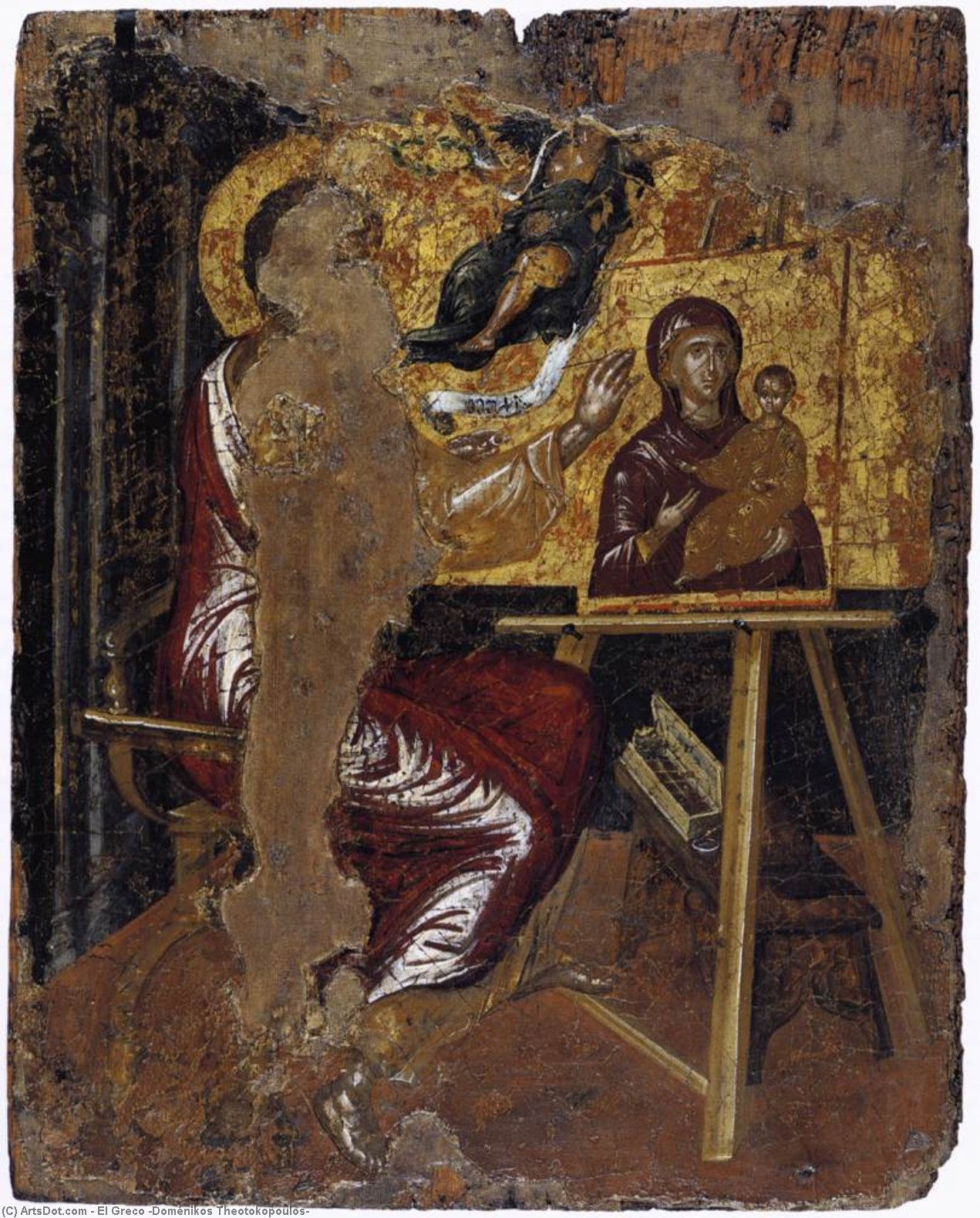
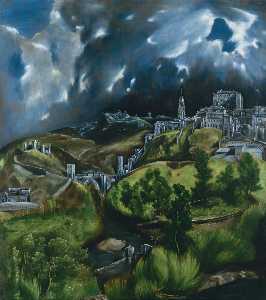
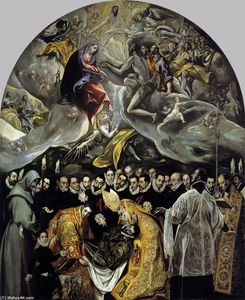


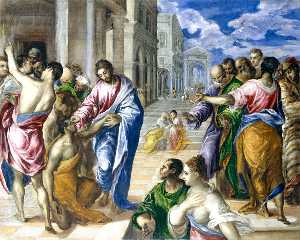
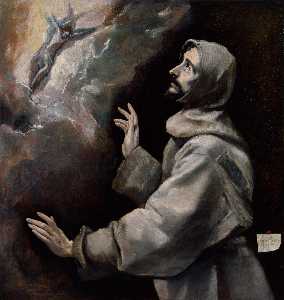
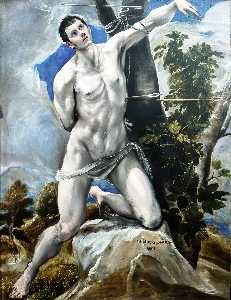
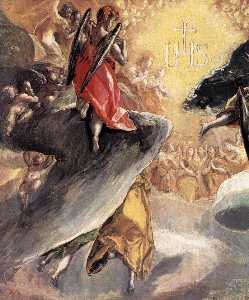

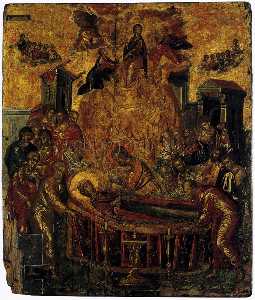
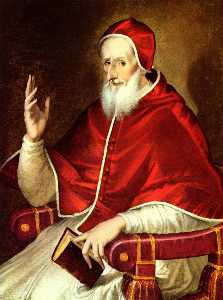


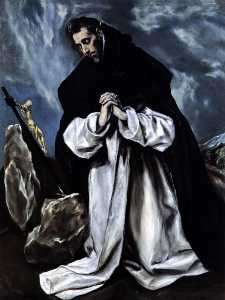
 Note that a few countries have copyright terms longer than 70 years: Mexico has 100 years, Colombia has 80 years, and Guatemala and Samoa have 75 years. This image may
not be in the public domain in these countries, which moreover do not implement the
Note that a few countries have copyright terms longer than 70 years: Mexico has 100 years, Colombia has 80 years, and Guatemala and Samoa have 75 years. This image may
not be in the public domain in these countries, which moreover do not implement the